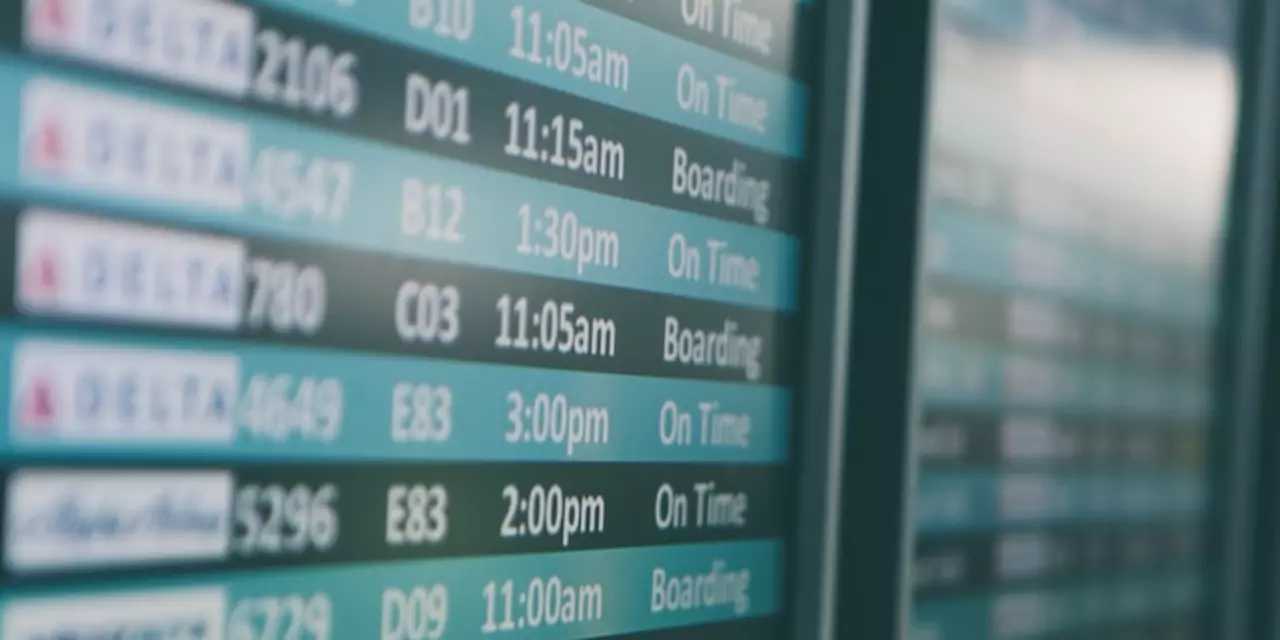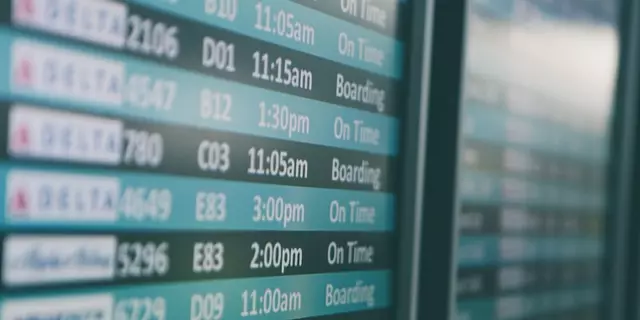Safety Record: What You Need to Know Today
When you hear the term safety record, you probably think of numbers, incidents, and how well a company or industry avoids accidents. It’s more than just a list of past events – it’s a tool that helps businesses improve, regulators monitor, and the public stay safe. In this article we’ll break down the basics, share a few real‑world examples, and give you simple steps to check or improve a safety record.
Why Safety Records Matter
A good safety record builds trust. Customers pick a brand that shows it cares about workers and users. Investors look for low risk, and insurers often lower premiums when the record is strong. On the flip side, a poor safety record can lead to fines, legal trouble, and bad press. That’s why keeping track of incidents, near‑misses, and corrective actions is a daily habit for many organizations.
How to Read a Safety Record Quickly
Most safety reports follow a simple format: what happened, when it happened, why it happened, and what was done about it. Look for these key parts:
- Incident count – total number of accidents over a period.
- Severity level – is it a minor slip or a serious injury?
- Root cause – was it equipment failure, human error, or a process gap?
- Corrective actions – what changes were made to prevent a repeat?
If a report shows fewer incidents and quicker fixes, the safety record is trending upward.
Now, let’s look at a couple of everyday examples that illustrate how a safety record is used.
Example 1: A construction site – The daily log notes one minor fall and three near‑misses. The supervisor updates the safety board, adds extra guardrails, and retrains crew on ladder safety. After a month, the logs show zero falls. The improved record helps the contractor win a new project because the client trusts their safety culture.
Example 2: An airline – Airlines publish safety performance every quarter. If an airline reports a drop in on‑time maintenance checks, regulators may step in. The airline then upgrades its maintenance software and sees incident rates fall, which restores passenger confidence.
Want to check the safety record of a company you work with? Here’s a quick checklist:
- Ask for the most recent safety report or audit.
- Verify the date – safety data gets old fast.
- Look for trends, not just one‑off numbers.
- Check if corrective actions are documented and followed up.
- See if there are third‑party certifications (ISO 45001, for example).
If you’re responsible for creating a safety record, keep it simple. Use a spreadsheet or software that lets you log incidents in real time. Tag each entry with the cause, severity, and fix. Review the data weekly with your team and celebrate improvements – that keeps morale high.
In short, a safety record is a living document that tells a story of risk and response. Treat it as a roadmap, not a file cabinet, and you’ll see fewer accidents, lower costs, and a stronger reputation. Keep an eye on the numbers, act on the lessons, and you’ll turn a safety record into a safety advantage.

Which airline is better, Saudia or Air India?
Air India and Saudia Airlines are two major airlines from India and Saudi Arabia respectively. Air India has a wide network of flights covering domestic and international routes, while Saudia Airlines offers flights to many destinations in the Middle East, Asia and Europe. Both airlines provide competitive fares and good customer service, but Air India is more reliable and offers more amenities than Saudia Airlines. Air India also has a better safety record and is preferred by many travelers due to its competitive prices, better in-flight entertainment, and onboard meals. Ultimately, which airline is better depends on the traveler’s needs and preferences.





